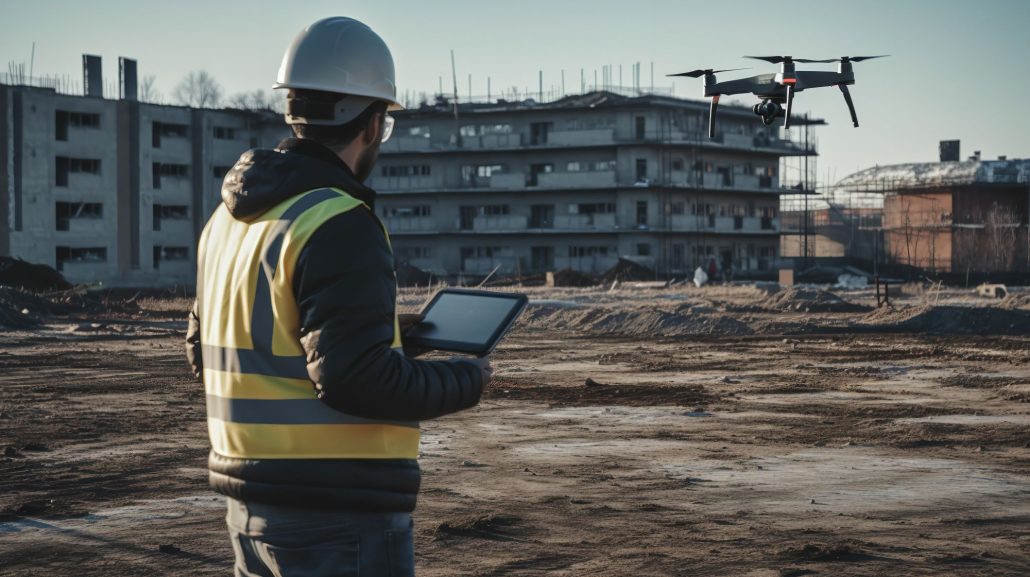Understanding the Role of Time-Lapse Cameras in Project Management
Project management can be a demanding and complex field that requires effective tools and strategies to ensure the successful completion of projects. Thankfully, in recent years, time-lapse cameras have emerged as a valuable asset in the project management toolkit. This article will further explore the role of time-lapse cameras in project management and how they can benefit various businesses and industries.
What Are Time-Lapse Cameras?
Time-lapse cameras capture images at a set interval over a specific period. These images are then compiled into a video showing a project’s progress over time. Time-lapse cameras are commonly used in the construction industry to monitor the progress of a building project. However, they can also be used in other industries, such as manufacturing, agriculture, and event management.
So, for easier project management in your construction, manufacturing, or agriculture business, you may invest in a time-lapse camera service at Buildcam or other similar providers. They can help Monitor and manage your project remotely, providing you with high-resolution photos or even a live view of the site.
The Role of Time-Lapse Cameras in Project Management
So, how exactly do time-lapse cameras help you in project management? Here are their roles:
Monitoring Progress
One of the primary roles of time-lapse cameras in project management is to monitor the progress of a project. By capturing images at regular intervals, project managers can easily track the project’s progress and identify any potential delays or issues. This allows them to take corrective action and ensure the project stays on track.
Improving Communication
Time-lapse cameras can also improve communication between project teams and stakeholders. By sharing time-lapse videos of a project’s progress, project managers can keep stakeholders informed about the project’s status. This can help build confidence and trust in the project team and ensure everyone’s on the same page.
Enhancing Safety
Time-lapse cameras can also enhance safety on a project site. By monitoring the progress of a project, project managers can identify any potential safety hazards and take corrective action. This can also help prevent accidents and injuries on the job site and ensure the project is completed safely.
Improving Documentation
Time-lapse cameras can also improve the documentation of a project. Capturing images at regular intervals allows project managers to create a visual record of the project’s progress. This can be useful for making reports and presentations.
Proving Evidence in Legal Disputes
Time-lapse cameras can also serve as a tool for dispute resolution. In case of disputes, the time-lapse footage can provide an accurate and impartial record of the project’s progress. This can help to resolve disputes quickly and efficiently without the need for costly legal action.
Marketing and Public Relations Purposes
Time-lapse cameras can also be used for marketing and public relations purposes. By sharing time-lapse videos of a project’s progress, businesses can showcase their capabilities and expertise. This can help to entice new clients and build their brand reputation.
Benefits of Time-Lapse Cameras in Project Management
Cost-Effective
Time-lapse cameras are a cost-effective tool for project management. They require minimal maintenance and can be utilized for multiple projects. This makes them a more affordable option compared to other project management tools.
Time-Saving
Time-lapse cameras can also save time in project management. By monitoring the progress of a project, project managers can identify any potential delays early on. This allows them to take corrective action before the project falls behind schedule, saving time in the long run.
Remote Monitoring
Time-lapse cameras allow project managers to monitor the progress of a project remotely. This is particularly useful for projects located in remote or hard-to-reach areas, such as construction projects. With time-lapse cameras, project managers can keep an eye on the project’s progress without having to physically visit the site.
Improved Quality Control
Time-lapse cameras can also improve quality control on a project. Monitoring the project’s progress can help managers identify potential quality issues and take corrective action, ensuring the project meets the required quality standards.
Enhanced Client Satisfaction
Time-lapse cameras can also enhance client satisfaction. By sharing time-lapse videos of a project’s progress, clients can see the progress of the project and feel more involved in the process. This can help build trust and confidence in the project team and ensure clients are satisfied with the final outcome.
The Bottom Line
Time-lapse cameras are an essential tool for project management. They can help project managers monitor a project’s progress, improve communication, enhance safety, and improve documentation. Time-lapse cameras are also cost-effective, time-saving, improve quality control, and enhance client satisfaction. By using time-lapse cameras, businesses can ensure that their projects are completed within the given timeline and budget and to the required quality standards.



 Project management isn’t simple. People, resources, budgets and time need to work together. If something isn’t in place, it can slow down productivity and cost you more money. This post will show you how to manage a construction project successfully by using the right tools and staying organized. Check out our tips for successful construction project management below.
Project management isn’t simple. People, resources, budgets and time need to work together. If something isn’t in place, it can slow down productivity and cost you more money. This post will show you how to manage a construction project successfully by using the right tools and staying organized. Check out our tips for successful construction project management below. Every project manager has preferred tools and methods for completing an assignment. They understand that it is easy to get overwhelmed in the minutia of tasks. As you sit down to start your first, tenth, or even eightieth project, take the time to evaluate the system you use and look for areas to improve. Here are some tips to help you be more successful.
Every project manager has preferred tools and methods for completing an assignment. They understand that it is easy to get overwhelmed in the minutia of tasks. As you sit down to start your first, tenth, or even eightieth project, take the time to evaluate the system you use and look for areas to improve. Here are some tips to help you be more successful. Your roof will determine the durability and appearance of your business facility whether it’s an office or factory. Here are 10 factors worth considering when choosing a roof type for your construction projects.
Your roof will determine the durability and appearance of your business facility whether it’s an office or factory. Here are 10 factors worth considering when choosing a roof type for your construction projects.